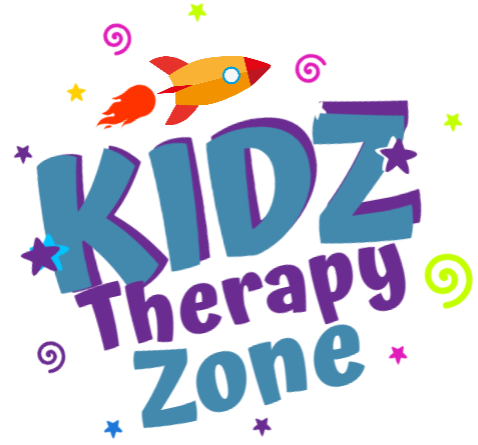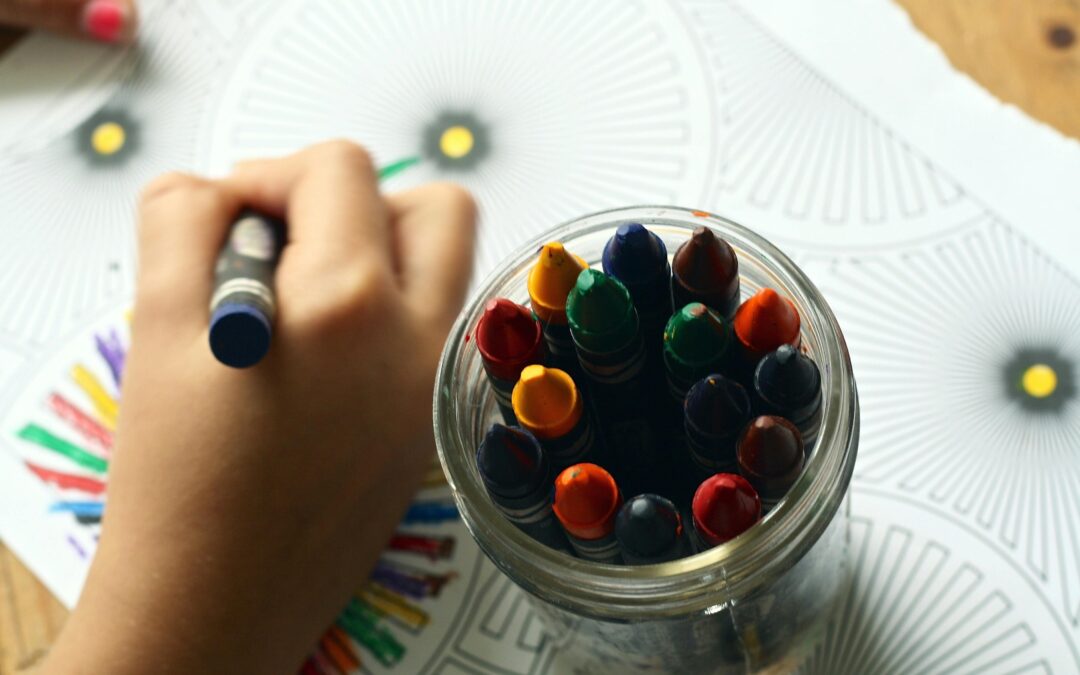When your child receives occupational therapy (OT), speech therapy (ST), or physical therapy (PT), the goal is to help them develop essential skills that improve their daily functioning and overall quality of life. However, the progress made during these therapy sessions can only reach its full potential with consistent carryover and participation from parents at home. In this blog post, we’ll explore the significance of carryover from therapy sessions to the home environment and provide practical strategies for parents to support their child’s learning and development.
Understanding Carryover in Therapy
Carryover refers to the transfer and application of skills learned during therapy sessions to other environments, such as home, school, and the community. This transfer is crucial because it reinforces the skills and ensures that the child can use them functionally in their daily life. Without consistent practice and reinforcement, the skills learned during therapy sessions may not generalize effectively, limiting the child’s progress and independence.
The Role of Parents in Supporting Carryover
Parents play a vital role in the success of carryover from therapy sessions to home. Here are several key reasons why parental involvement is essential:
- Consistency and Repetition: Children learn best through repetition and consistent practice. By incorporating therapeutic activities into daily routines, parents can provide the necessary repetition to reinforce new skills.
- Natural Learning Opportunities: The home environment offers numerous natural learning opportunities where children can practice and apply their skills. Parents can integrate therapy goals into everyday activities, making learning more relevant and meaningful.
- Motivation and Encouragement: Children are more likely to stay motivated and engaged when they receive positive reinforcement and encouragement from their parents. Celebrating small successes and providing praise can boost a child’s confidence and willingness to participate in therapy activities.
- Individualized Support: Parents know their child best and can tailor activities to suit their child’s interests and needs. This individualized support can make therapy activities more enjoyable and effective.
Carryover Strategies for Occupational Therapy
Occupational therapy helps children develop skills for daily living, such as fine motor skills, self-care, and sensory processing. Here are some strategies to support carryover at home:
- Fine Motor Activities: Incorporate activities that promote fine motor skills, such as drawing, cutting with scissors, threading beads, and playing with building blocks. These activities can be seamlessly integrated into playtime and daily routines.
- Self-Care Tasks: Encourage your child to participate in self-care tasks like dressing, grooming, and feeding. Provide step-by-step guidance and gradually increase their independence.
- Sensory Play: Engage your child in sensory play activities, such as playing with sand, water, or textured materials. Sensory bins and sensory-friendly toys can be great tools for sensory exploration and regulation.
- Routine Charts: Create visual routine charts to help your child understand and follow daily routines. This can improve their organizational skills and independence in completing tasks.
Carryover Strategies for Speech Therapy
Speech therapy focuses on improving communication skills, including speech, language, and social communication. Here are some strategies to support carryover at home:
- Reading Together: Read books with your child and ask questions about the story to encourage language development. Discuss the characters, plot, and illustrations to enhance comprehension and vocabulary.
- Daily Conversations: Engage your child in conversations throughout the day. Encourage them to express their thoughts, ask questions, and use new vocabulary words. Be patient and give them time to respond.
- Games and Activities: Play games that promote language skills, such as word games, storytelling, and picture description activities. These can make learning fun and interactive.
- Modeling and Expansion: Model correct speech and language use for your child. When they make a mistake, gently correct them and expand on their sentences to provide a richer language model.
Carryover Strategies for Physical Therapy
Physical therapy helps children develop gross motor skills, strength, and coordination. Here are some strategies to support carryover at home:
- Active Play: Encourage your child to engage in active play, such as running, jumping, climbing, and playing sports. These activities help develop strength, coordination, and balance.
- Obstacle Courses: Set up simple obstacle courses at home or in the backyard. This can be a fun way for your child to practice motor planning, coordination, and strength.
- Daily Exercise: Incorporate daily exercise routines that include stretching, strengthening, and balance activities. Make it a family activity to encourage participation and make it enjoyable.
- Adaptive Equipment: If your child uses adaptive equipment, such as braces or walkers, ensure they use it consistently at home. Follow the therapist’s recommendations for proper use and maintenance.
Creating a Supportive Home Environment
To maximize the effectiveness of carryover, it’s important to create a supportive home environment. Here are some tips:
- Collaborate with Therapists: Maintain open communication with your child’s therapists. Discuss goals, progress, and strategies for carryover. Ask for specific activities and exercises you can do at home.
- Set Realistic Goals: Set achievable and realistic goals for your child. Break down larger goals into smaller, manageable steps. Celebrate each milestone to keep your child motivated.
- Create a Routine: Establish a consistent routine that includes time for therapeutic activities. Consistency helps reinforce learning and makes it easier for your child to anticipate and engage in these activities.
- Be Patient and Positive: Progress may be slow and require patience. Focus on the positive and celebrate your child’s efforts and achievements, no matter how small.
Conclusion
Carryover from occupational therapy, speech therapy, and physical therapy sessions to the home environment is essential for your child’s development and success. As parents, your involvement and support play a crucial role in reinforcing skills and ensuring that your child can apply them in everyday life. By integrating therapeutic activities into daily routines, creating a supportive home environment, and maintaining open communication with therapists, you can help your child achieve their full potential. Remember, consistency, patience, and encouragement are key to making carryover a positive and effective experience for your child.

